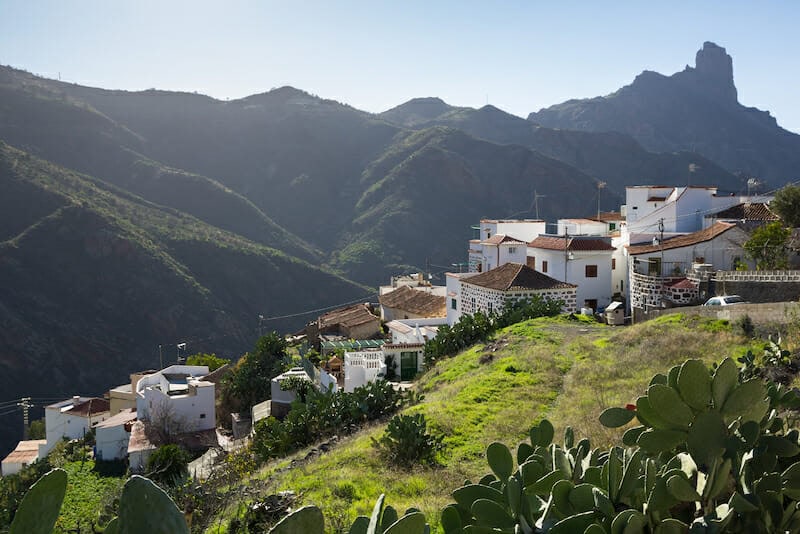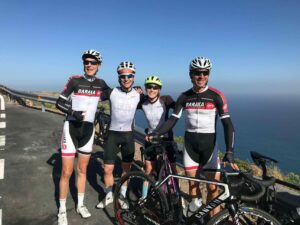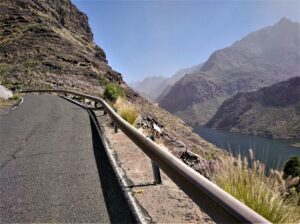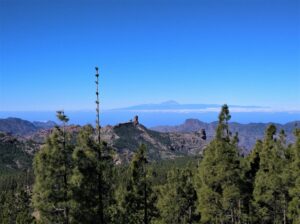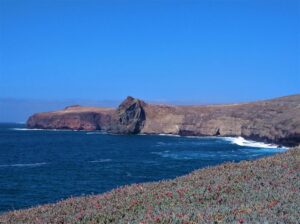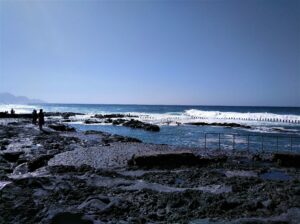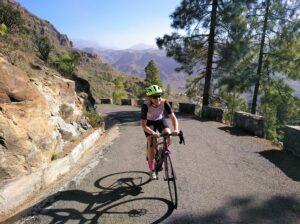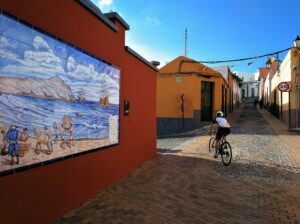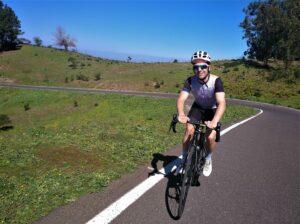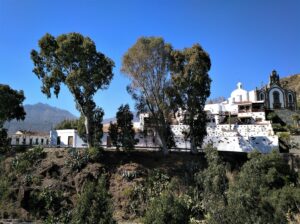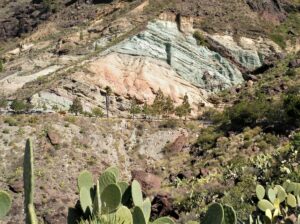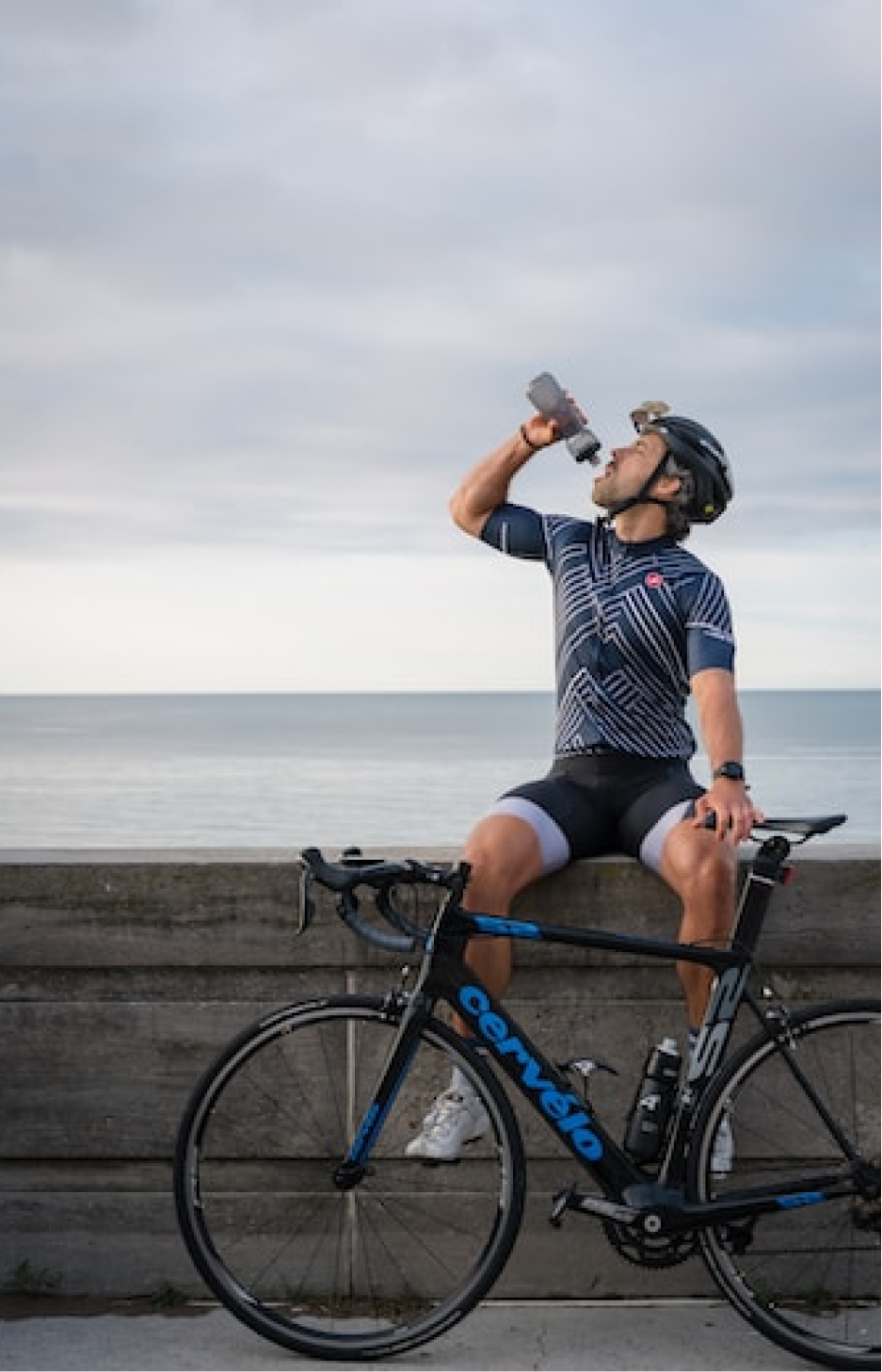Gran Canaria is establishing itself as one of the go-to destinations for cyclists seeking sun in the cold winter months. The island is located off the west coast of Africa and is subject to warm weather, sunshine and very little rain all year around. We asked Eat Sleep Cycle founders Lee & Louise to compile […]
Gran Canaria is establishing itself as one of the go-to destinations for cyclists seeking sun in the cold winter months. The island is located off the west coast of Africa and is subject to warm weather, sunshine and very little rain all year around. We asked Eat Sleep Cycle founders Lee & Louise to compile a list of tips for cyclists after they visited the island last week.
1. Winter Cycling Paradise in Gran Canaria
Gran Canaria is one of the best destinations in the world to enjoy in January & February. Don’t bother packing leg warmers – our friend Normando, who is from the north of the island, doesn’t own a pair and rides every day. Make sure you cover your legs in sun-cream instead as UV is very high. Factor 50 is best, and you’ll still get tan lines!
2. Pace Yourself
Pace yourself & prepare yourself for some tough climbing, the island does not contain a single flat road. There are two particularly challenging climbs on the island – the legendary Valley of the Tears & the climb up to Pico de Nieves via the village of La Pasadilla. Do not start out too fast on Day 1 when your legs are fresh – the roads to not let up and you’ll be off the bike by Day 3 if you hit the climbs too fast.
3. Tranquilo Traffic
Traffic is generally very respectful of cyclists and it’s quiet on the mountain roads. The coast road should be avoided at busy times of the day but it does have beautiful sections which are well worth riding, particularly in the north and west of the island.
4. Go Local
Locals ride in the north, visitors ride in the south – both are amazing and it’s well worth exploring the north of the island if you can. The north of the island offers greener landscapes with plenty of Eucalyptus trees and a friendly cycling culture (there are so many cyclists in the south it’s more difficult to keep up the enthusiastic greetings!)
5. Be Prepared & Know Your Roads
Do your homework – roads on Gran Canaria are in a constant state of flux with frequent closures & resurfacing. There are two key sections of the coast road which are falling away. One section has been closed for 3 years and the other has just been blocked off in the name of safety – ask around when you arrive on the island for the latest updates. Whilst roads generally have a great surface they deteriorate quickly so prepare yourself for some bumpy rides on roads which are due for resurfacing – some roads are fairly dangerous to descend but enjoyable to climb.
6. Perfect Planning
Plan to your ride up to Pico de Nieves on the clearest day of your trip so you can enjoy the otherworldly view of Mont Teide on Tenerife. Sometimes the wind blows a fine layer of dust over from Africa, blocking the view and making all the effort not so worthwhile – the dust is not likely to last more than a couple of days so it’s worth planning your ascent carefully
7. Ride Nutrition for Epic Days
Food in supermarkets is relatively expensive but there are some great value bars & restaurants. In local bars off the tourist bus route coffee hovers around the €1 mark. If you’re bonked and in need of some serious sustenance order a ‘leche leche’ and you’ll fly up the next climb. A ‘leche leche’ is a cafe bonbon on steroids. A cafe bonbon is an espresso served with deliciously sweet condensed milk. Both drinks are €1 in the best places – make sure you carry cash, cards tend not to be welcome in these areas.
It’s also well worth carrying a stash of food in your pockets and stopping at every opportunity for water. It’s easy to run out of both if you’re on a big day & some rides take you to some fairly remote places.
8. Look Up! It’s Beautiful.
If you’re expecting to ride on a brown volcanic island, think again. Gran Canaria is full of green, lots of cacti, Eucalyptus, banana plants and there are some incredible rock formations in varying colours. Make sure you look up from the the wheel in front of you and take time to appreciate the incredible landscape.
9. Enjoy the Friendly, Welcoming Vibe
The local language is Spanish but it’s very easy to get by with English as the island’s economy is centered around tourism. It’s hard to find a menu in a cafe which has not been translated into several languages.
10. Think Pantani
Legendary Italian climber Pantani trained in Gran Canaria & every ride contains 2,000 m of climbing unless you choose not to venture off the coast road. Just something to be aware of when planning your rides!
Planning to Cycle in Gran Canaria?
If you’re planning to cycle on Gran Canaria check out our blog outlining some of the best Gran Canaria Cycle Routes & the best places to stay. Or why not sign up to our ultimate Gran Canaria & Tenerife and save yourself the hassle!

